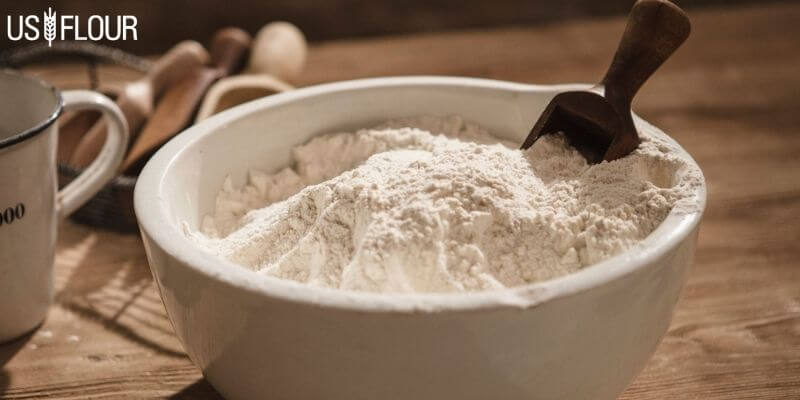Different Types Of Flour And Their Perfect Storage Method

Flour is something that you require regularly. You are using flour for baking a wide range of items. The most essential purposes include baking cakes, pies, muffins, pasta, scones, and whatnot. You might have observed that people are stocking up the kitchen pantry with different types of flour in bulk. It helps in preventing running to the grocery store frequently to buy flour. Do you think buying flour in bulk resolves all the issues of your house?
Purchasing flour in bulk was never an issue for the people. It was the specific storage that led to hassles. For every flour, properly storing is a vital part. If you are not storing the flour perfectly, you cannot expect the flour to last for a long period. Inadequate storage can lead to the flour becoming rancid within no time. You will observe a change in the color, texture, and smell of the flour.
Once the flour turns rancid, you cannot use it. Even if you are using such flour, there are no nutritional values left in the flour to offer. Therefore, focus on flour storage to make it last longer. Whether you are getting flour in bulk or in small quantities, it is essential to know about the storage methods.
So let’s start by understanding the different types of flour available in the market. Once you have known about the flour, we will discuss the storage methods.
#1 All-Purpose Flour

It is a versatile flour and is available in all households. All-purpose flour is soft and white in appearance. The features are due to the milling process includes just the endosperm part of the wheat grain and eliminates other parts. It shows high shelf stability and can last longer than other flours. It is low in protein content and other nutritional values.
Storage:
You should store the all-purpose flour in a pantry area that is cool and dry. You can use different containers or zip pouches to store the flour.
#2 Whole Wheat Flour

Whole wheat flour is highly nutritious and has high protein content. It is essential that the entire wheat grain kernel is used in the milling process. It is what makes the flour coarse and dense. There is a high chance that if you are not storing the flour properly, it will release the natural oils and turn rancid. The flour has a good ability to soak in moisture and water. Therefore, you should be careful while storing it.
Storage:
You need to be cautious while storing whole wheat flour. Use an airtight container and store it in a cool, dark place.
#3 White Wheat Flour
Most often, people confuse this flour with bleached flour. Due to this, they make mistakes in storing the flour. The white wheat flour uses the wheat grain head in the milling process. They contain the germ, bran, and endosperm and are very nutritious. The difference between the two flours is that the white wheat flour is lighter.
Storage:
Just like all-purpose flour, you can store the white wheat flour in zip pouches for a long. But ensure that they are in a cool, dry place. If not, there are high chances that the flour can become rancid in the heat.
#4 Cake Flour And Pastry Flour
The cake flour and pastry flour are best for baking cakes and pastries, respectively. The flour is white, soft in texture, and has a sweet smell. The protein content in both flours is about less (approximately 5 to 6 percent). It is not very nutritional but good for baking a wide range of cakes and pastries.
Storage:
As the protein level is low in these two flours. The moisture absorption ability decreases. It means that the natural oils of the flour do not ooze easily. So you can store the flours in either stone containers or glass containers. Keep these containers in the freezer or cold storage to long last the flour.
#5 Bread Flour
Bread flour has a coarse texture and is yellowish-brown in appearance. It has higher protein content and can produce gluten in good quantity. It is what makes bread fluffy and soft. The presence of gluten increases its ability to absorb water.
Storage:
To store the bread flour, you should use stone jars. If you want to use plastic, make sure it is of high quality and does not cause any heat inside the container during summers. To prevent that, store the containers on the cool kitchen shelf.
Summary
Buying flour is one thing. But keeping safe and fresh for long is important. If you are able to keep the flour fresh for long, you can use it well. Moreover, you should follow the specific storage method for each flour. Visit US Flour and explore our wide range of quality flour varieties trusted by bakeries, stores, and individuals for years.
 Power to The Bakers.
Power to The Bakers.